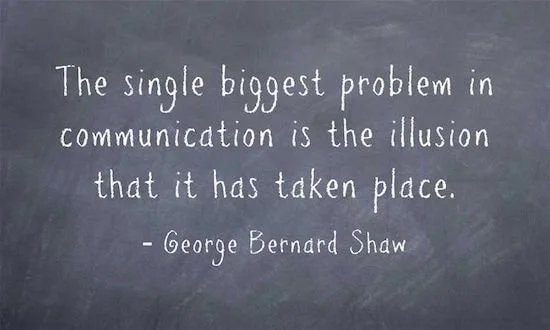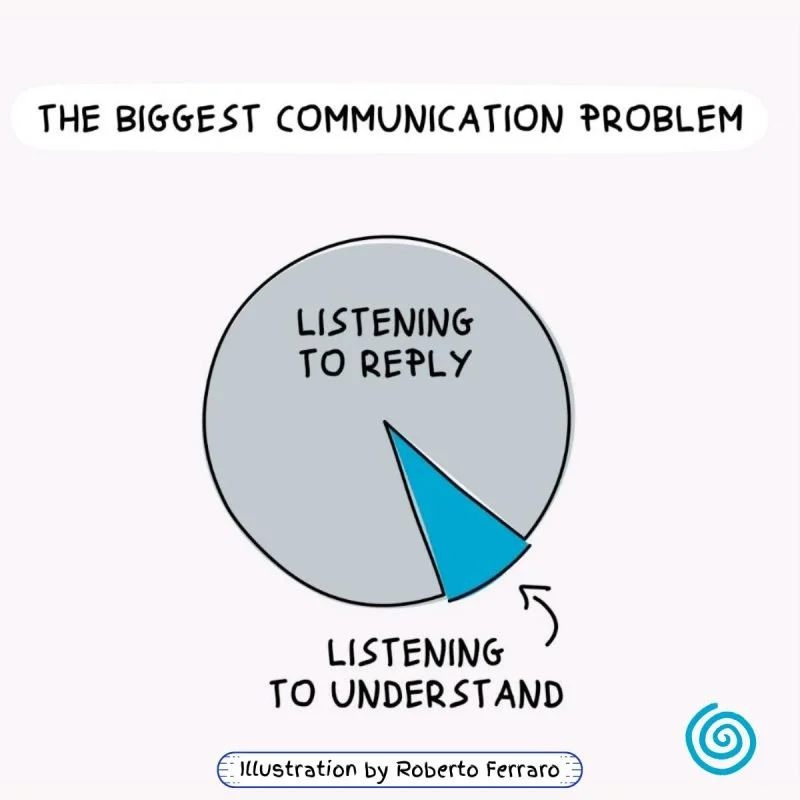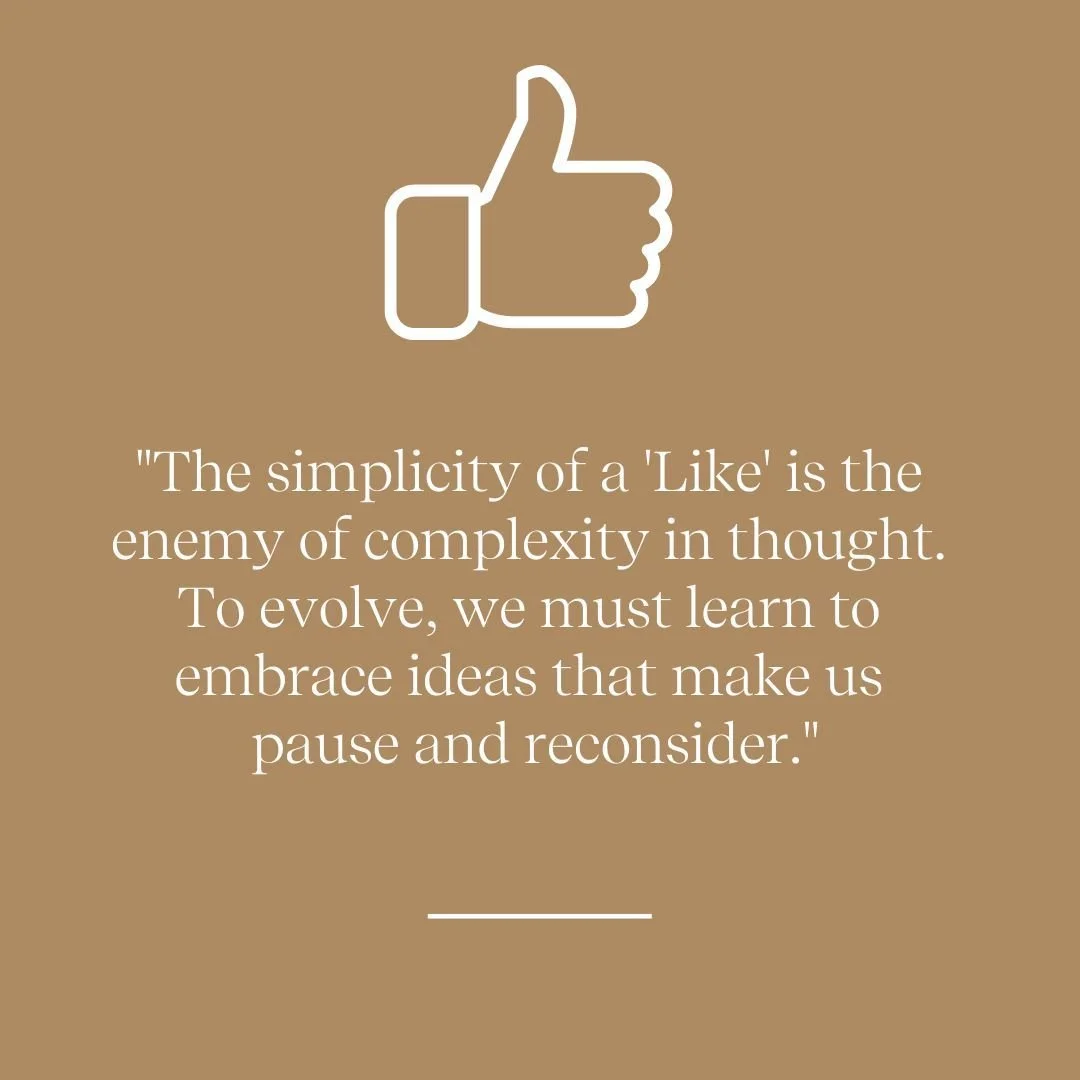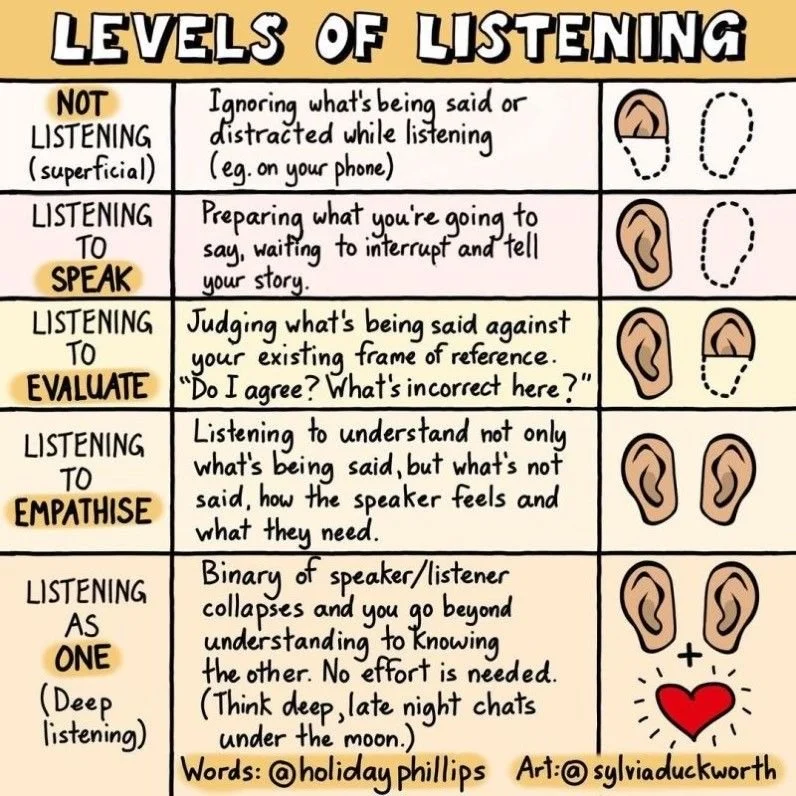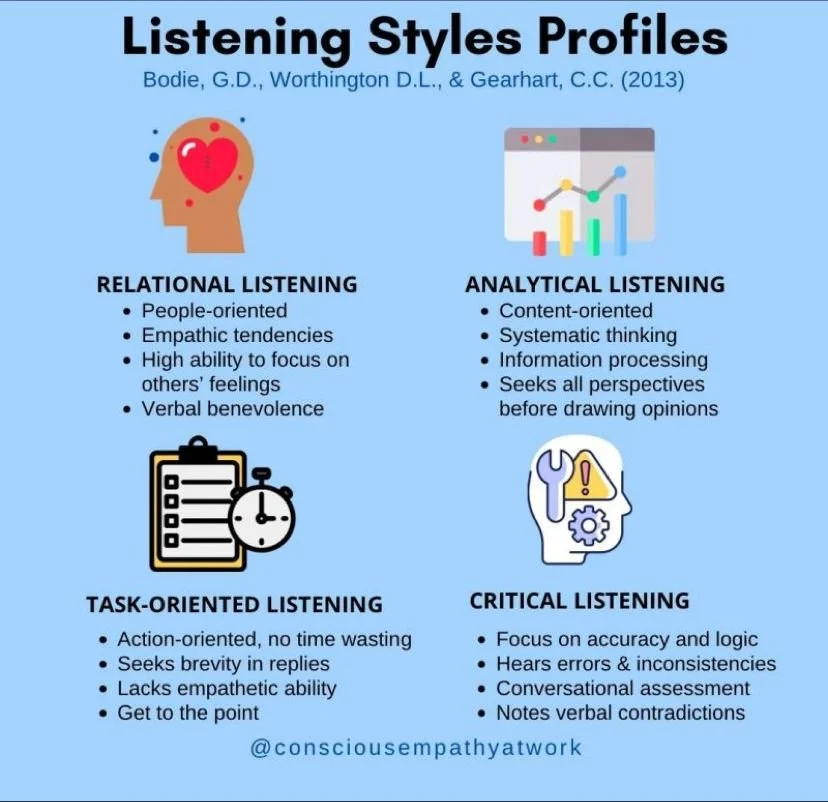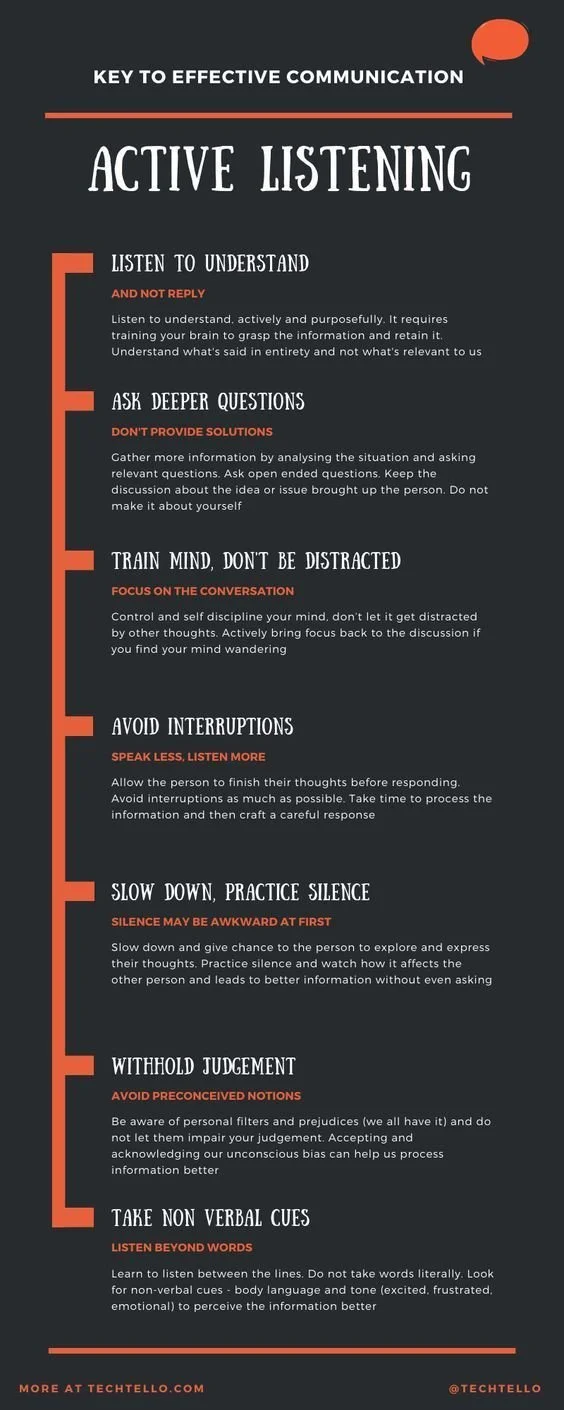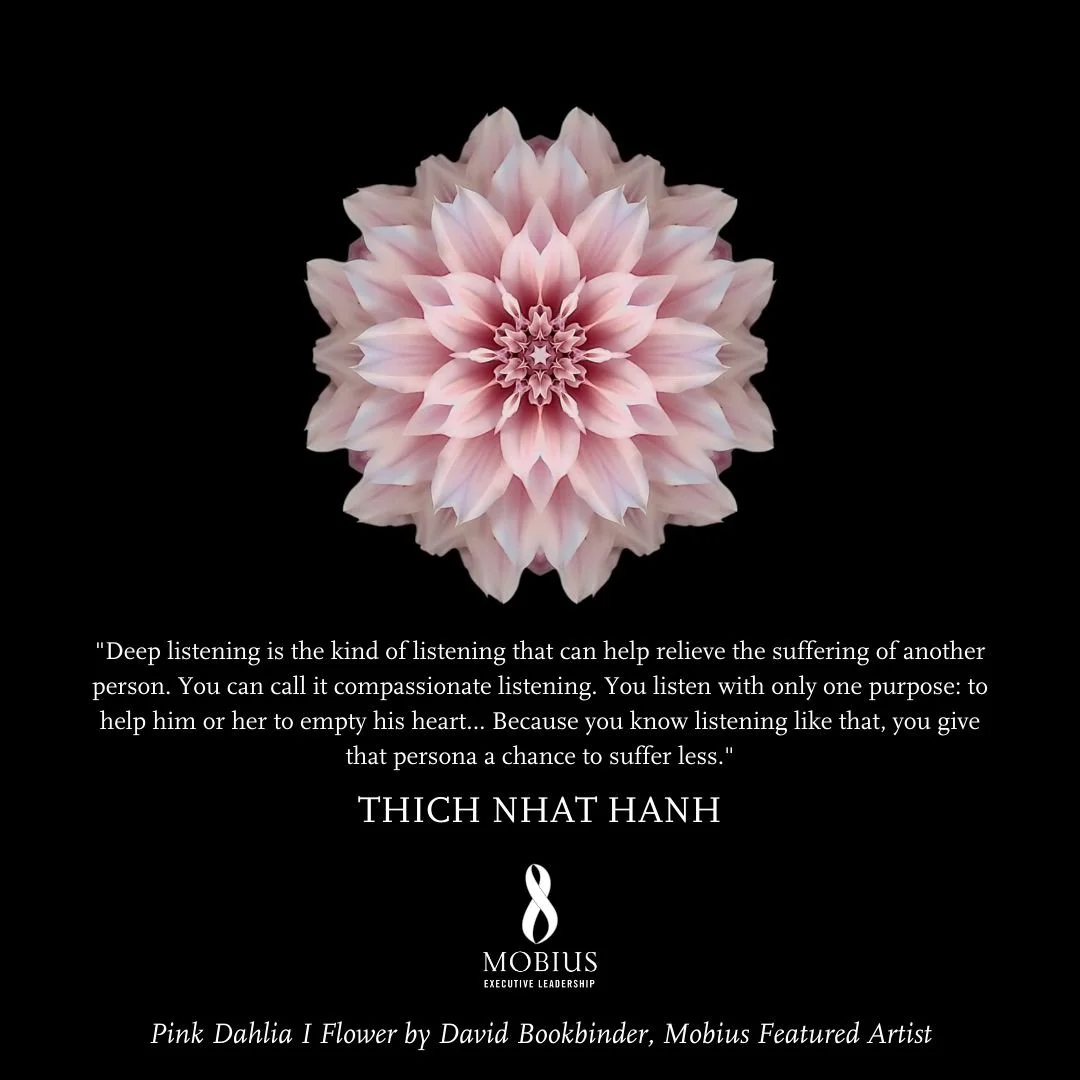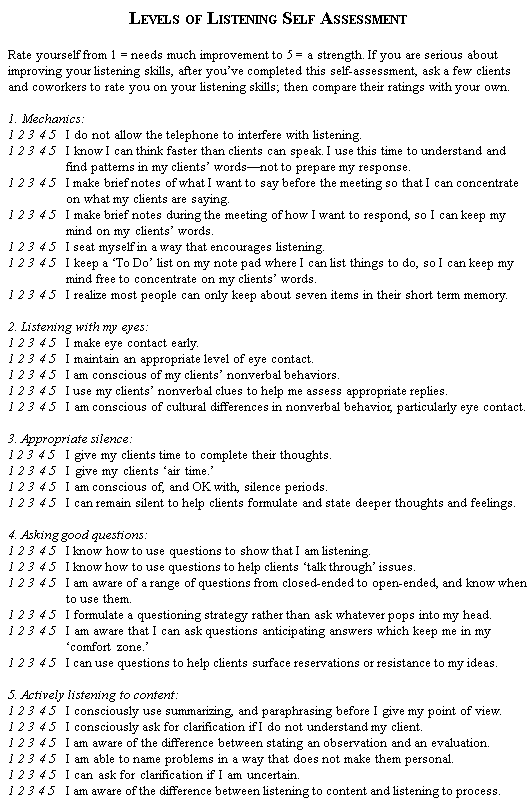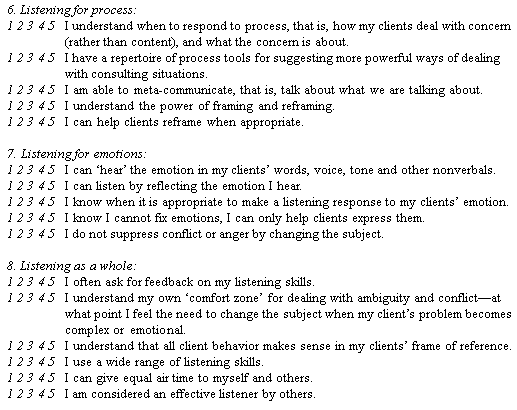In honor of Taylor Swift, first in my 2024 compilation series is a thirteen-part backstage tour of my lifetime quest to become a better listener. This is NOT a quick read. Rather, it’s a deep dive (hence 102, not 101) into definitions, technique and challenges.
Read on for at least seven good quotes, a few different ways to frame the task, plus varied approaches, four styles, smart tips for leaders, and lastly a super-detailed and geeky listening self-assessment. Careful readers will find hints of a 14th resource at the end. Quick reference guide here:
The single biggest problem in communication…a classic Shaw quote to kick things off.
Listening to reply vs listening to understand.
If “Like” (a.k.a. 👍🏽) as enemy of complexity in thought, perhaps pause is the friend of listening?
Five Levels of Listening according to Holiday Phillips with great partial ears by Sylvia Duckworth. (How much are you paying attention?)
Four listening styles profiles. (To what are you paying attention?)
Monte Pedersen’s key to active listening. I will post this on my wall.
Seven key active listening skills from the Center for Creative Leadership.
Advice from David Brooks (Be a loud listener).
Marty Boroson and Carmel Moore making the case for laptop-free meetings. So good.
Great HBR article observing that in order to listen (or receive honest feedback), you often first need to ask.
Research study by Megan Reitz and John Higgins (also part of The Right Conversation) showing that too often leaders can't hear what they need to hear because they underestimate, or dismiss altogether, how their power can silence others.
Thích Nhất Hạnh on compassionate listening.
Murray Hiebert’s 1999 Levels of Listening Self-Assessment.
-1-
Classic George Bernard Shaw quote to kick things off.
-2-
Just one of Roberto Ferraro’s many wise illustrations.
-3-
Original LinkedIn post: https://www.linkedin.com/feed/update/urn:li:activity:7183458280680144896/
Thank you Shai Tubali for making me pause, and to Sally Arundell for bringing this gem to my feed! Readers, I recommend the full blog post, and practicing these three antidotes:
Quietly and smilingly notice the immediate ‘yes’ or ‘no’ that diminishes our attention and sensitivity. Remain instead in a state of authentic listening.
Choose to expose yourself to challenging perspectives. Seek truth in those perspectives. Are these truly destructive opinions? Is there any merit? Pause to think. Allow the questioning of your assumptions about reality.
Nurture the part of you that yearns for learning, growth, and development.
-4-
I have mixed feelings about this diagram, because I think listening to understand (see #2 above) would be land between 3 (evaluate) and 4 (empathize). Yet, something about artist Sylvia Duckworth’s partial ears really sticks with me. So, I’m including it. There are LOTS of different ways to sort levels of listening, of course. For example, Otto Scharmer defines 4. Steven Covey shares 5.
Original LinkedIn post: https://www.linkedin.com/feed/update/urn:li:activity:7094281848528220160/
-5-
Now I’m really geeking out…but I’m wondering if one could impose levels of listening over these four listening profiles I discovered when posted in 2023 by David MacLean. For example, half-hearted analytical listening. Or, empathic critical listening. What a matrix! I don’t know if you do all levels with all styles? Nevertheless, these give two different angles on self-assessment. How much are you paying attention? AND To what are you paying attention?
Original LinkedIn post: https://www.linkedin.com/feed/update/urn:li:activity:7075585290165239808/
-6-
Active listening graphic posted in 2023 by Monte Pedersen. He also cites a company blog post: https://www.techtello.com/active-listening/
Original LinkedIn post: https://www.linkedin.com/feed/update/urn:li:activity:7077973086716755968/
-7-
This is framed for coaching others, but I think it applies to any situation.
Originally found on LinkedIn post: https://www.linkedin.com/feed/update/urn:li:activity:7036711681233719296/
-8-
I confess that while I have had David Brooks’ How To Know A Person on my shelf since it was published, my copy is basically untouched. Thus, I am very grateful to Michael Roberto for highlighting this call to action.
“First, regarding attention, treat attention as an on off switch, not a dimmer. So, when you’re talking to somebody, it should be a hundred percent or zero percent. Don’t try to 60 percent it and have 40 percent of your attention on your phone. Be a loud listener. ”
-9-
I was lucky to work briefly with Marty Boroson while at Mobius. He and Carmel posted a brilliant “Don’t Bring Your Laptop to a Meeting” essay making the case for… laptop-free meetings. They make a great case for listening. Here’s my favorite quote:
“When people give inadequate attention, they come up with inadequate solutions. ”
-10-
How to Get the Honest Input You Need from Your Employees by Jeff Wetzler Harvard Business Review, 12/18/23.
Great HBR article arguing that in order to listen, you often first need to ask.
It’s late, so here’s the official HBR summary and my favorite quote.
Leaders often struggle to get complete, unfiltered information from the people around them. This wealth of unspoken information represents a great untapped resource for today’s leaders, and yet most remain at a loss for how to reliably access it. Common tactics for overcoming this problem, such as taking another’s perspective or reading their body language, simply aren’t sufficient. Research shows that if you want to learn what those around you really think, feel, and know, there’s only one reliable strategy: asking them. The author presents a five-step process for leaders to tap into the hidden insights of those around them.”
“Research shows that if you want to learn what those around you really think, feel, and know, there’s only one reliable strategy: asking them.”
-11-
“Speaking truth to power: why leaders cannot hear what they need to hear”
Fascinating research from Megan Reitz and John Higgins (who are also part of the UK firm The Right Conversation) showing that all too often leaders can't hear what they need to hear because they underestimate, or dismiss altogether, how their power can silence others. In short, they overestimate the extent to which others are speaking up as well as underestimate their own skills in listening up. The article is great and worth reading.
Here are their three points of advice to leaders:
Assume you are scarier than you think.
Question your ‘little list’ of whose opinion counts. (Over half of senior respondents always or nearly always consult the same person or group.)
Send ‘speak up’ rather than ‘shut up’ signals and responses.
“Most fundamentally it requires leaders to want to listen. This is, for most, the work of a lifetime and it invites the vital question of how we should identify, recruit, train and judge our leaders.”
-12-
Original LinkedIn post: https://www.linkedin.com/feed/update/urn:li:activity:7072180601016987651/
-13-
I’m closing this epically long and geeky post with possibly my favorite discovery thus far. Thank you David MacLean for introducing me Murray Hiebert’s 1999 listening self-assessment published in Powerful Professionals: Getting Your Expertise Used Inside Your Organization on pages 181-183. I grabbed images from his website in case the server goes down. Will look forward to reading this book!
From Powerful Professionals: Getting Your Expertise Used Inside Your Organization, p. 181-183 on http://www.powerful2lead.com/lvllist.htm
PS. In this same post, David MacLean also references a 2016 HBR article “What Great Listeners Actually Do” which I’ve not yet read (I ran out of free ones for the month)…but here is the HBR summary to entice you: (note SIX levels!!) Tune in later for more.
What makes a good listener? Most people think is comes down to three components: not interrupting the speaker, following along with facial expressions, and being able to repeat back almost verbatim what the speaker has just said. According to research from Zenger and Folkman, however, we’re doing it all wrong. Instead of thinking of a good listener as a sponge —absorbing everything but providing little feedback — a skilled listener should be thought of as a trampoline who amplifies and supports a speaker’s thoughts by providing constructive feedback. Engaging in a two-way conversation is essential, according to data, and Zenger and Folkman define six levels of listening, all meant to help listeners develop this skill.
PS2: [Sept 2025] Just saw this amazing post on how to handle interruption, which is the flip side of listening.



